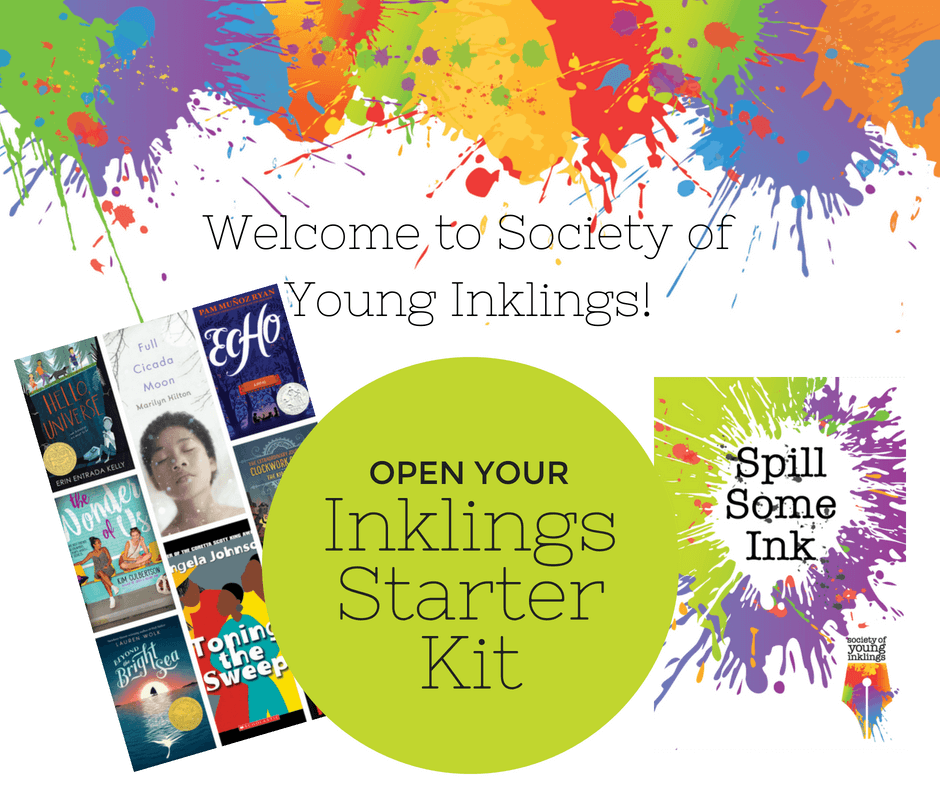For our June issue, meet Ann Morris, author of Thin, a YA novel (“YA” means Young Adult, which means it may not be suitable for our younger readers) and middle-grade novels, I Taught Benjamin Franklin How to Drive and I Bailed Galileo Out of Jail.
Ann loves writing in both free verse and prose and shares that, “In free verse, I write only the words that are absolutely necessary for getting the point across and expressing the emotion. I also feel like I have the freedom to be more playful and more experimental with words when writing in free verse.”
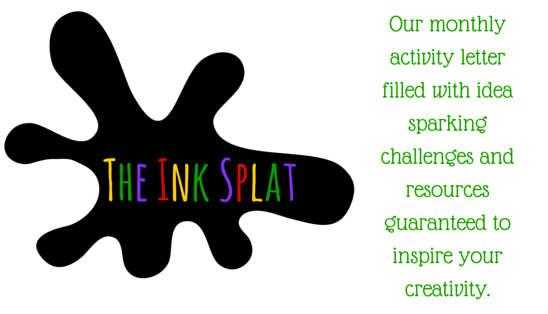
Writing Challenge
Don’t be afraid to stretch yourself in this month’s writing challenge from Ann: “Show, Don’t Tell!” You’ve probably heard the advice that you should “show, don’t tell” when you’re writing a story. For this challenge, choose one of the sentences below to “show.”
I am cold.
I am hot.
I am tired.
I feel sick.
I am worried.
I am hungry.
I am thirsty.
I am embarrassed.
I am angry.
Here’s an example from my young adult novel-in-verse, Thin.
I stomp upstairs,
climb up to my bed,
hit the lumpy pillow
again and again
until it tears and
spills stuffing
as crumbly
as feta cheese
on the bed.
This passage is, of course, “showing” that “I am angry.” You can write your “Show, Don’t Tell” piece in poetry or prose.
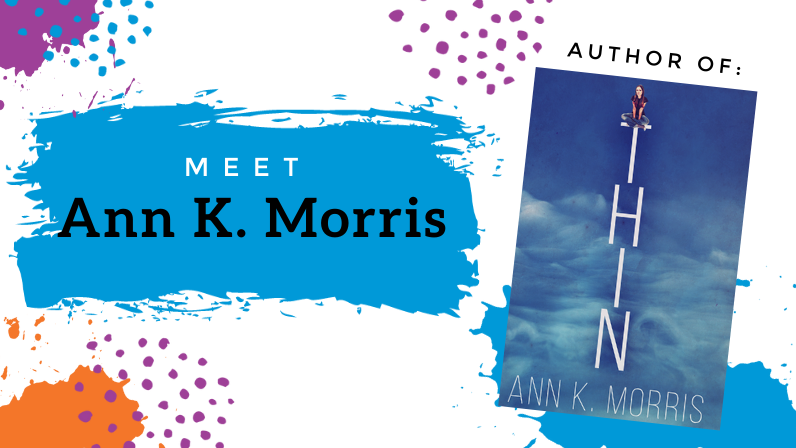
An Interview with Ann Morris
Tell us about your YA novel in verse Thin that’s out now. And we’d also love to hear about your upcoming middle grade books. How were you inspired to write each of them?
Thin is a partially autobiographical novel about a 17-year-old girl who is suffering from anorexia. The main character, Erin, is what you would call an unreliable narrator. According to her, she is fat and needs to lose weight. The truth is that she is severely underweight and needs to gain weight. She has a very unrealistic perception of her own body. And, like many anorexics, she is suffering from depression and anxiety. The story begins with Erin dealing with girl drama among her friends from school. When Erin’s mother figures out that she’s suffering from anorexia and insists that she see a psychiatrist, Erin runs away to Chicago. There she meets Lin and Ari, two homeless teens who help her see that there is more to life than being thin and fitting in.
One day, I sat down on the floor and started writing about my experience with anorexia when I was 16 years old. My writing came out as free verse…I did not plan that. As I continued to write, it occurred to me that I could turn it into a story. Now it looks like I planned to write it in free verse because the narrow lines and minimal words reflect Erin’s need to eat very little and stay thin.
I Taught Benjamin Franklin How to Drive, is about 12-year-old Luke, who meets Benjamin Franklin when Ben time travels to his backyard in Philadelphia. Luke teaches Ben about the modern world, and Ben helps Luke solve some serious problems. I got the idea for this novel when I was teaching middle school English and literature. My students had to write a term paper about a famous inventor, such as Benjamin Franklin, Albert Einstein, Thomas Edison, Henry Ford, and Fannie Farmer. I always wondered what those people would think if they were to visit the world today. The second of these novels is I Bailed Galileo Out of Jail. I chose Galileo because he had such a strong personality, and I knew I could have fun with his character. I’m currently working on a third novel in this series. It features Cleopatra and has a girl as a main character.
Did you save any of your writing from when you were a child?
My sister and I owned horses when we were kids, and I wrote several stories about them. I still have a story that I wrote about my sister’s horse, Bandit. It includes an interview with Bandit. The interview begins this way: “This is Ann Kroenert reporting from Spiridon Stables, 119 th and Roe. I am now approaching Bandit Kroenert for an interview. Bandit is peacefully grazing. Bandit, how does it feel to be a horse?”
How do you approach research for your books?
I use a variety of sources when I do research for a book. I use Google, of course, for information. I was once pulled over for speeding and asked the police officer questions about the process of an arrest. I also called that officer’s department and spoke to an officer who was also a community liaison, and he was happy to answer my questions. I once took a lesson at The Shootist, where I learned how to unload, load, and shoot a gun. I once went to Park Meadows’ food court and eavesdropped on teens to learn how they spoke. I learned how to drive a Tesla with a YouTube video. And I once interviewed a tattoo artist, who was more than happy to tell me about his job.
What feels like the biggest difference when writing in free verse as opposed to prose? What are some similarities?
To me, the biggest difference between free verse and prose is in the vocabulary. A lot of words that are necessary in prose are not necessary in free verse. These include such things as articles, helping verbs, and conjunctions. In free verse, I write only the words that are absolutely necessary for getting the point across and expressing the emotion. I also feel like I have the freedom to be more playful and more experimental with words when writing in free verse. And I find that I use more figurative language when writing in free verse. Free verse and prose are similar in that they are both concise, they both express emotion, and they both include the story elements – characters, setting, events, climax, and resolution.
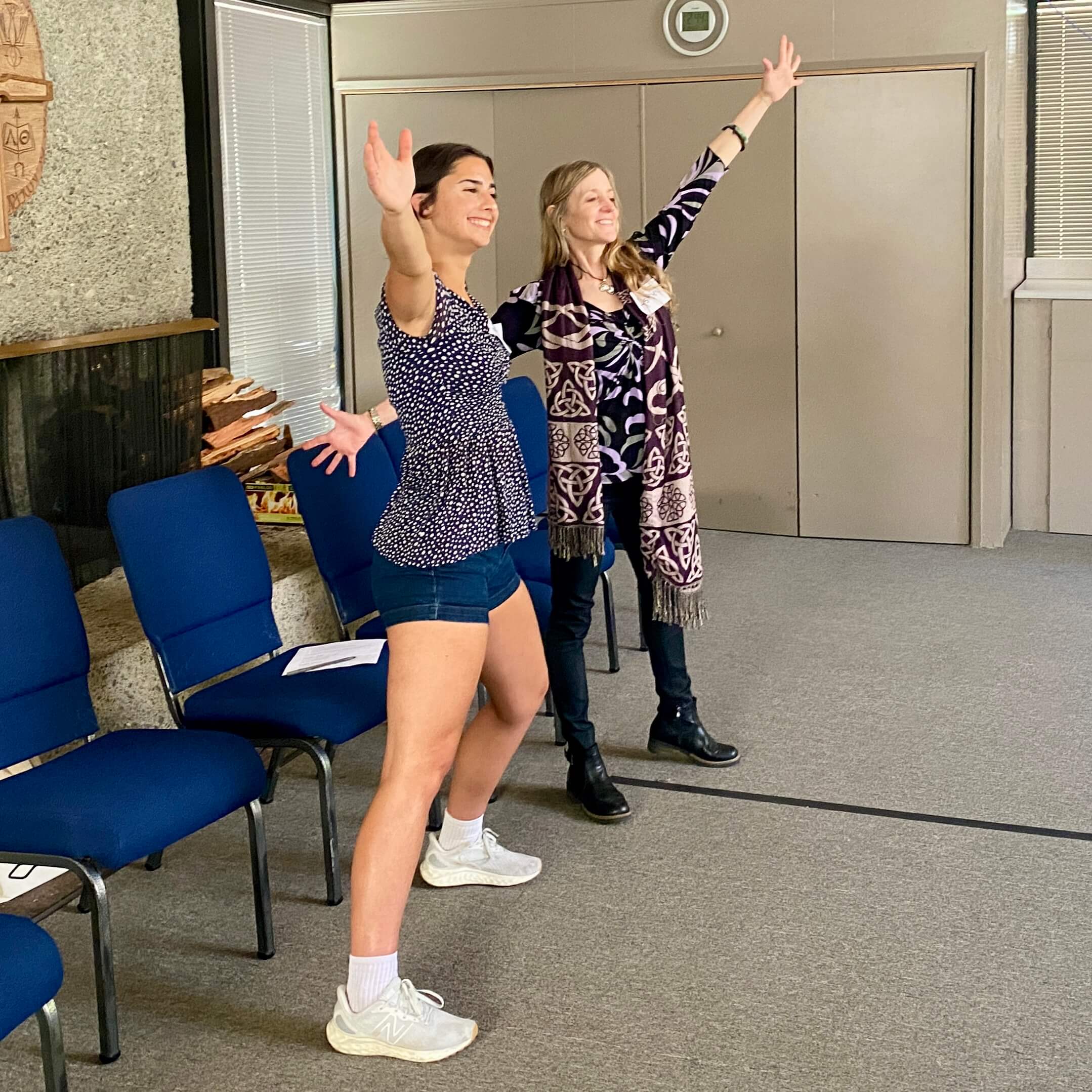
INKLINGS CONNECT
THE WAY WORDS MOVE US
Join us September 13 and 14 in Portola Valley, CA for our 2nd Annual Inklings Conference!
Featuring a keynote with author Joanna Ho, this conference includes creative writing breakout sessions in our beautiful redwood grove, workshops on using improv to step into a character’s shoes, experiments in word play, a storytelling workshop, and reflective writing to tap into your unique voice.
Keep your creativity flowing with our upcoming events!
JULY
- 7/22-25: Make Your Scenes Sparkle Summer Camp
- 7/22: Author Interview with JR Potter (Inklings Membership only)
AUGUST
- 8/6: Author Interview with John Hendrix (Inklings Membership only)
- 8/15: Teen Spilling Ink Writing Workshop (Inklings Membership only)
- 8/26: All Ages Spilling Ink Writing Workshop (Inklings Membership only)
SEPTEMBER
- 9/3: All Ages Spilling Ink Writing Workshop (Inklings Membership only)
- 9/8: 2024 Inklings Book Release Party (Online)
- 9/13-14: The Way Words Move Us Writing Conference in Portola Valley, CA
- 9/19: Teen Spilling Ink Writing Workshop (Inklings Membership only)
- 9/23: Author Interview with Roshani Chokshi (Inklings Membership only)
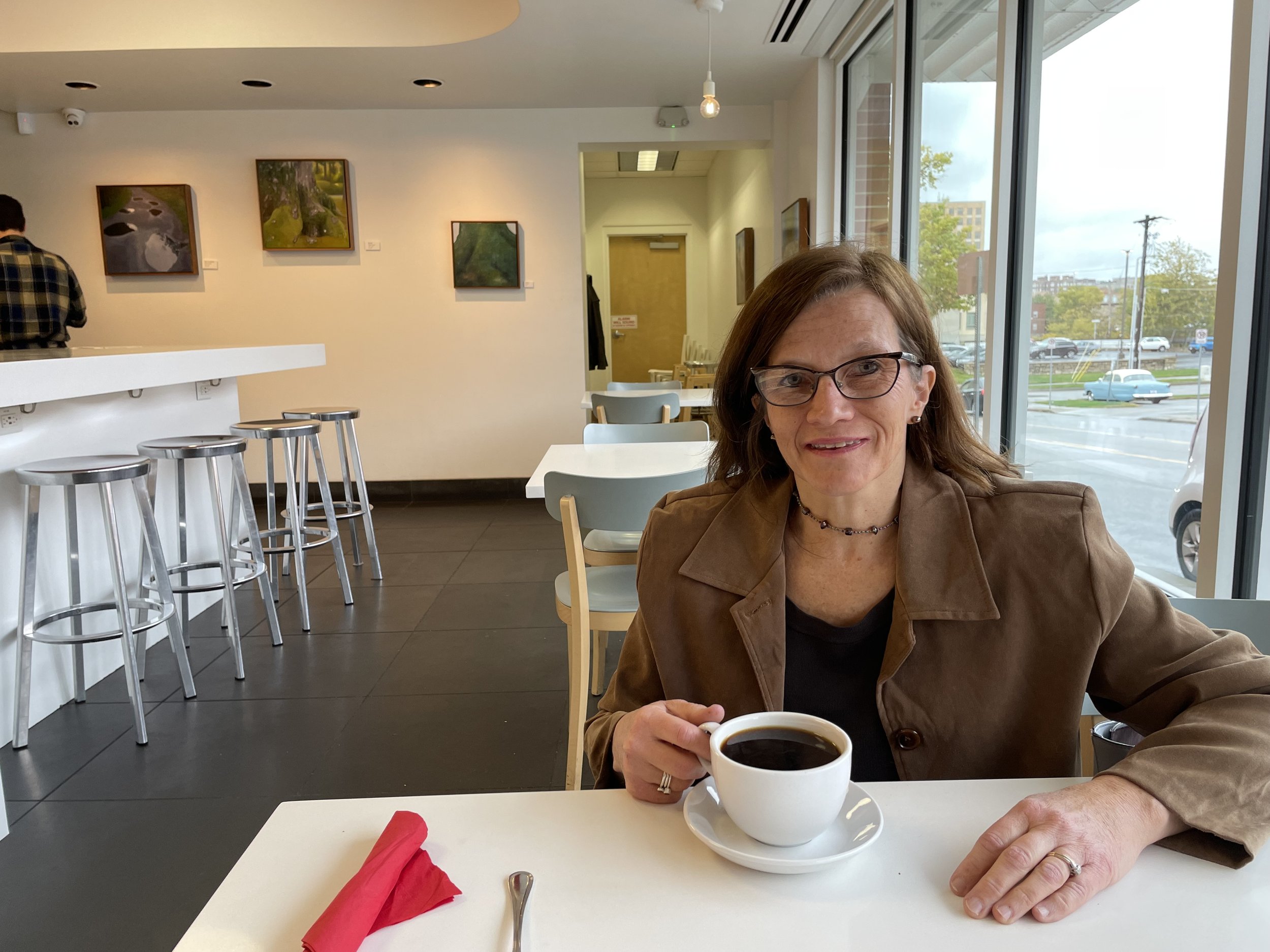
Ann K. Morris writes middle grade and young adult novels. Her first middle grade novel is titled I Taught Benjamin Franklin How to Drive.
Originally from Kansas, Ann earned a B.A. in English and psychology from the University of Kansas, an M.A. in journalism from the University of Iowa, and a B.S. in education from the University of Saint Mary. As a professional writer for 13 years, Ann wrote articles for newspapers and magazines, as well as the book Leawood: A Portrait in Time, a history of Leawood, Kansas.
In 2003, Ann switched from writing to teaching writing, as well as reading. She worked as a middle school English teacher in Kansas and Colorado for 15 years. As much as Ann enjoyed teaching children how to write, she has switched back to writing herself. However, this time, instead of interviewing people and writing about them, Ann is creating characters and making them say whatever she wants them to say. And it’s a lot more fun!
Ann and her husband have two adult daughters, one son-in-law, and one adorable granddaughter. She lives in Colorado with her husband and three dogs.
You can read more about Ann’s work at her website: https://www.annkmorris.com/
SPARK YOUR CREATIVITY!
As a bonus gift, we’ll send you an Inklings Starter Kit packed with creativity-sparking fun.
